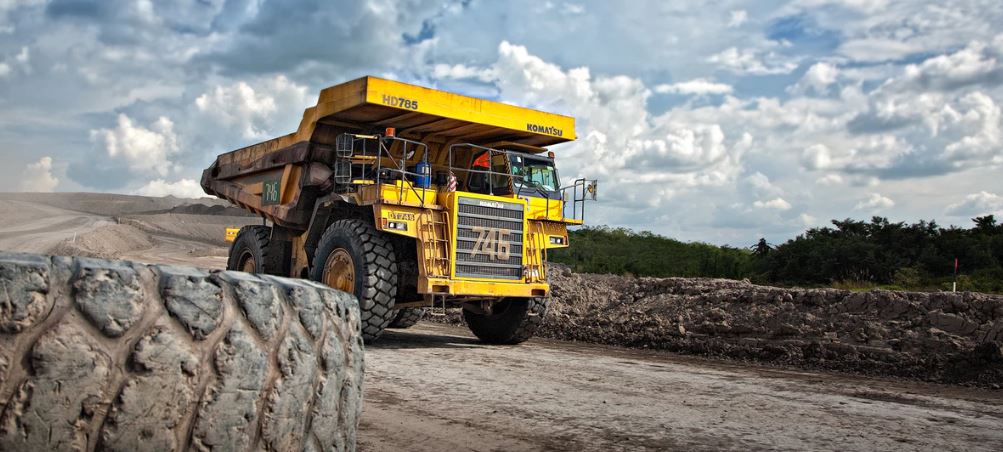Napoleon Bonaparte once declared, “China is a Sleeping Giant; Let her sleep, for when she wakes, she will move the world”. A little over 300 years later, and this prophecy now seems to ring true.
For much of the latter half of the 20th century, and most of the 21st century so far, the world has been witness to China spreading its economic hegemony across all continents, from investments in Europe to trade partnerships with America. And now, China seeks to solidify its position as the next world superpower with the Belt-and-Road Initiative.
What is the Belt-and-Road Initiative?
The Belt-and-Road Initiative, previously known as the OBOR (One Belt, One Road) Project, is China’s attempt at resurrecting the Silk Road, that near-mythical trade route that spanned the Old World, albeit in a larger, grander scale.
The Belt-and-Road initiative, or BRI, is a series of Chinese-built infrastructure ranging from bridges, superhighways, ports, and sea routes that is aimed at creating a vast network for trade between China and Europe. Think, transport corridors that can also serve as trade facilities, a modern-day silk road that can carry goods, materials, and people en masse seamlessly from East to West and vice-versa.
But despite its promise of bringing increased economic stability and prosperity to most of its “partner” states, many people remain wary. Some in the international community (including the U.S.) see the BRI project as a form of economic colonialism: they use the now-famous case of Hambantota Port, a Sri Lankan port that China helped develop…for a price. And with Sri Lanka unable to cough up the money to pay for the Chinese improvement, it defaulted the entire port to the Chinese government as part of a 99-year lease, echoing the Asian superpower’s own default of Hong Kong to the British.
With the BRI building infrastructure in South and Central Asia, Eastern Europe, Coastal Africa, and opening sea routes in Southeast Asia, it seems that China’s stamp on the global economy will soon become unstoppable, indelible, and completely influential.
But where does that leave the United States?
How the U.S. can Leverage the BRI
To bolster U.S. political and economic hegemony in the region in the face of the BRI, the U.S. must rely on Southeast Asia. Analysts conclude that, by 2020, the sovereign states that make up the Association of Southeast Asian Nations, or ASEAN, will collectively be the 5th largest economy in the world. It’s no wonder China is bent on getting that region on their side.
But that’s where the U.S. has the advantage: most ASEAN nations view the BRI negatively, a challenge to their sovereignty at best, a Chinese attempt at world domination at worst. Already, Malaysia has rejected a bid for a Chinese-led US$20 Billion railroad project that will link the South China Sea to the China-Pakistan Trade Corridor.
However, can the U.S. just up and build an infrastructure of our own in China’s backyard? Despite the region’s more-than-suspicious attitude towards China, they will not risk the political fallout of allowing American construction where a Chinese one just got rejected. At least, not without incentives.
One of the big things (aside from the perceived neo-colonialism) that Southeast Asian states don’t appreciate about the BRI is China’s insistence on using all-Chinese labor for its foreign infrastructure projects. They want Chinese architects working with Chinese engineers and Chinese laborers to build Chinese bridges and roads. In turn, China pays the host country billions of dollars in aid. A seemingly-fair trade, but not for a region with a growing population in need of jobs.
This is where the U.S can come in. While major projects might be off the table, smaller infrastructure projects, like road-building to link small towns to population centers or providing educational and medical infrastructure in remote villages, are more than welcome. Using a Build, Educate, and Train (BET) model for all projects, the U.S. can project a strong presence in the region, getting the good graces of their host, and creating a powerful counterpoint against the BRI.
But let’s assume that China’s motives for the BRI are completely benevolent. With U.S. roads linking Chinese ports and railroads, the predicted economic prosperity can be shared equally between the superpowers and their host nations.
That is, of course, assuming benevolence. Let’s assume the worst: the BRI is a massive conspiracy to further China’s cultural, political, and economic influence around the world. A U.S. presence in their partner states would severely hamper any dreams of hegemony by the Asian Superpower. Investing on the Southeast Asian economy would give the U.S. serious clout in future developments in the region, and create a powerful barrier to Chinese expansion.
However, for the U.S. AND China to profit from the BRI, mutual cooperation is necessary, along with a strong sense of developing the countries that will play host to their infrastructure. With more than enough riches to go around, doesn’t it make more sense for the two most powerful nations to share?
We should be so lucky.

